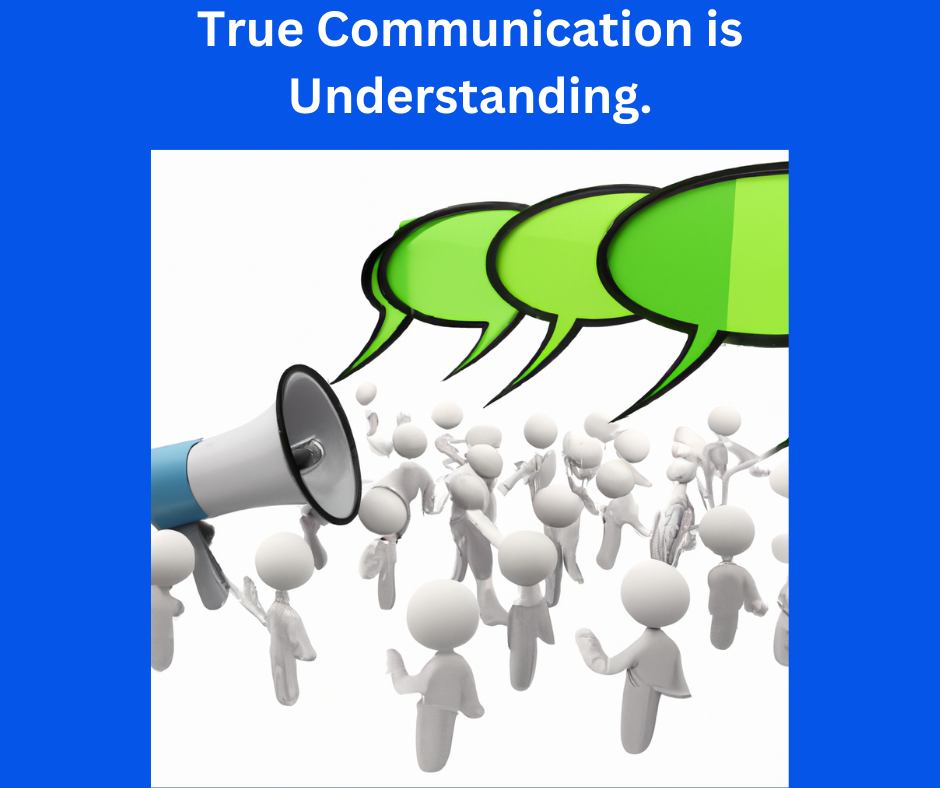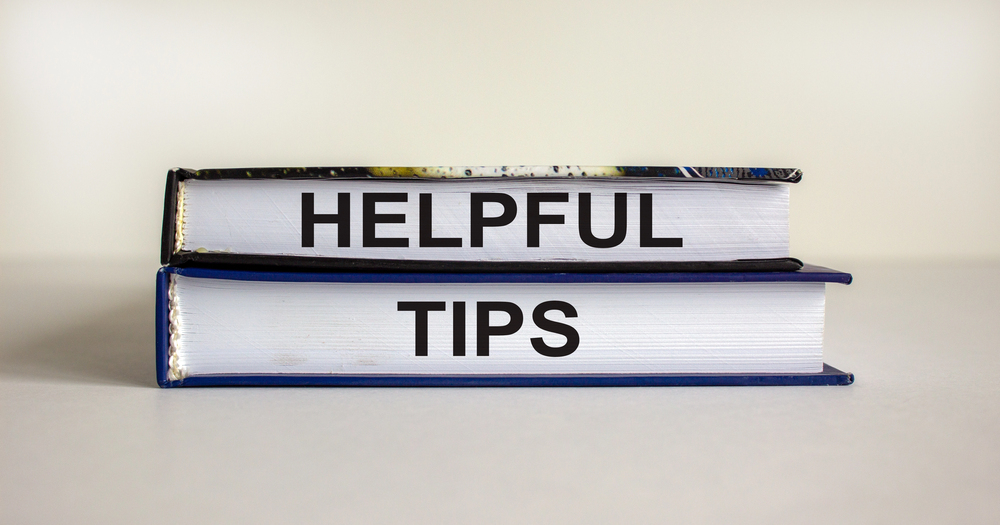
Our theme for the month is Usable Digital Communication. This week we examine the first principle, Clarity and conciseness. Why? Everyone communicates in different ways. They use different words. They use different tools.
People are constantly bombarded with messages on social media, checking emails, or reading online articles. They want information that’s quick, easy to understand, and straight to the point. This is where clarity and conciseness come in. They are the two essential ingredients for effective digital communication.
Clear and concise communication is all about delivering your message in simple and understandable way. When you avoid unnecessary words and complex language, your readers can understand your message quickly without struggling to interpret your intent. Let’s explore how clarity and conciseness are essential along with practical tips to help keep your digital content sharp and reader-friendly.
Why Clarity and Conciseness Matter
When reading digital content, most people skim rather than read every word. They want to understand the main points quickly. If your message is clear and concise, readers won’t have to reread sentences to understand. They’ll feel confident that they’ve understood what you’re trying to communicate.
Good digital communication has two main goals: it should be easy to read and easy to act on. Why?
1. Reduces Misunderstanding
Using plain language and short sentences lessens the risk of misunderstanding. People are more likely to understand and remember a message that’s written in simple, direct terms.
2. Saves Time
Concise communication is respects your reader’s time. Cutting out unnecessary words, let your audience focus on the main ideas without being sidetracked by filler content.
3. Improves Engagement
Readers are more likely to engage with content that’s easy to understand. When communication is clear, they feel more connected and are more likely to share, respond, or take the next steps.
4. Builds Trust
People trust communicators who speak plainly and directly. When you are clear and concise, you are perceived as transparent and confident in what you’re sharing.
10 Practical Tips to be Clear and Concise
So, what are some easy tips for making your digital content easier to read and understand.
1. Use Plain Language
Avoid jargon, technical terms, and complicated words unless they’re essential. For example, say “use” instead of “utilize” or “help” instead of “facilitate.” Readers shouldn’t need to look up definitions to understand your message.
2. Get to the Point
Readers have limited attention spans. Make sure you lead with your main idea. Have the essential information at the front, not at the end of the sentence.. For example, instead of saying, “Our team aims to improve customer satisfaction by optimizing processes,” say, “We’re making our services faster and friendlier.”
3. Keep Sentences Short
Long, complex sentences can lose readers. The goal is to keep sentences between 15–20 words. Limit them to one idea each. If you have a more complex point, break it into two shorter sentences.
4. Limit Each Paragraph to One Main Idea
Clear paragraphs have a single idea. This helps readers stay on track and prevents information overload. After finishing each paragraph, ask yourself if it could be split or clarified further.
5. Keep paragraphs small.
Paragraphs that have many sentences tend to be skimmed. Limit the number of sentences in a paragraph to 4 at the most.
6. Remove Filler Words
Words like “very,” “just,” “really,” and “actually” are often unnecessary. Removing them can strengthen your message without changing the meaning. For example, instead of “This tool is very useful,” say, “This tool is useful.”
7. Use Bullet Points and Headings for Organization
Lists and headings help readers quickly identify key points. Bulleted lists also break up text, making it easier to skim, which is ideal for digital readers who may be reading on mobile devices.
8. Read Your Content Aloud
Reading aloud lets you hear how your content flows and spot areas where you could be clearer. If a sentence sounds awkward or too long, try rewriting it in simpler terms.
9. Get someone else to read it.
Get your document checked by someone else. When you read it you will see information as you want it to be. Not necessarily what it is. It is another way of confirming that your message is understood.
10. Be Specific. Avoid Vague Language
Avoid words and phrases that don’t add clarity. Instead of saying, “We work to deliver outstanding results,” specify what you mean by “outstanding results.” For example, “We focus on delivering fast, responsive service and clear solutions.”
11. Use Images
Images are a great tool to assist in explaining the ideas. Ensure that images are relevant. Don’t forget to add alternate text that is also concise, clear and less than 100 hundred characters.

The Result
When your communication is clear and concise, your audience can understand and act on your message without hesitation. That’s the ultimate goal. Ensuring that your readers leave with exactly the information they need, with no extra effort on their part.


